RESIDUE
CARNEGIE MELLON UNIVERSITY SCHOOL OF ARCHITECTURE / SPRING 2023 / PAST FUTURES OF THE AMERICAN RUST BELT /
for the best experience press play while you scroll







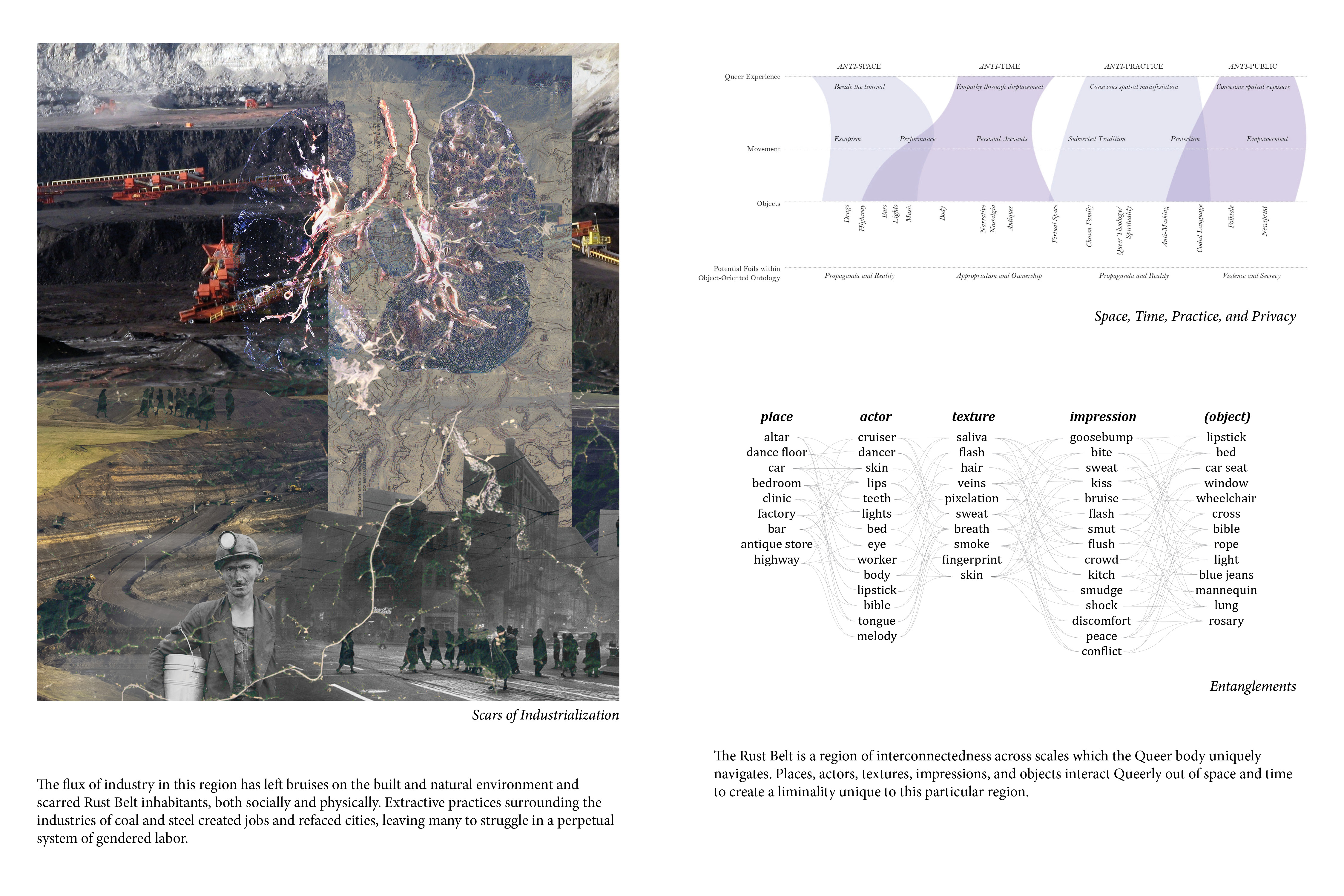








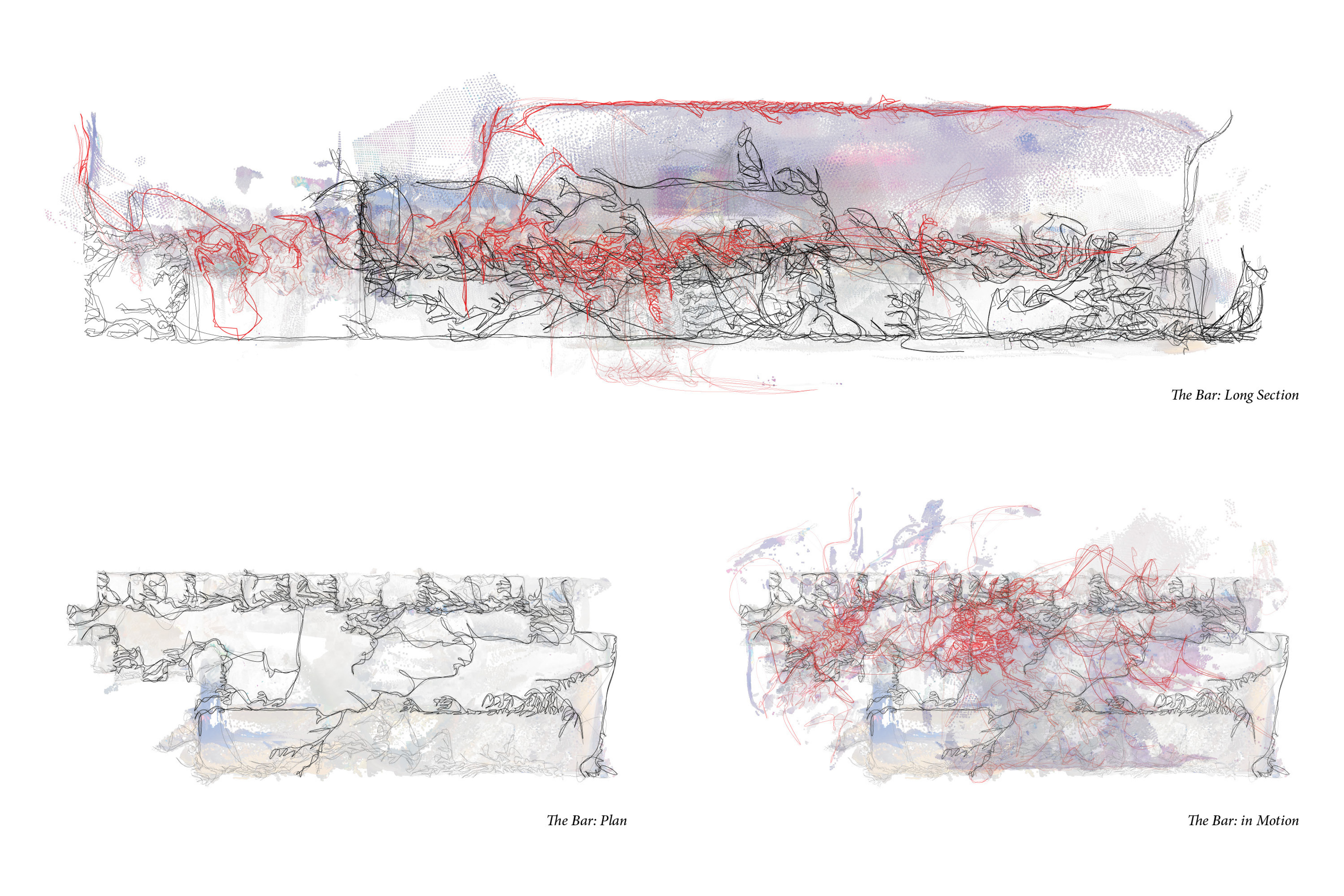
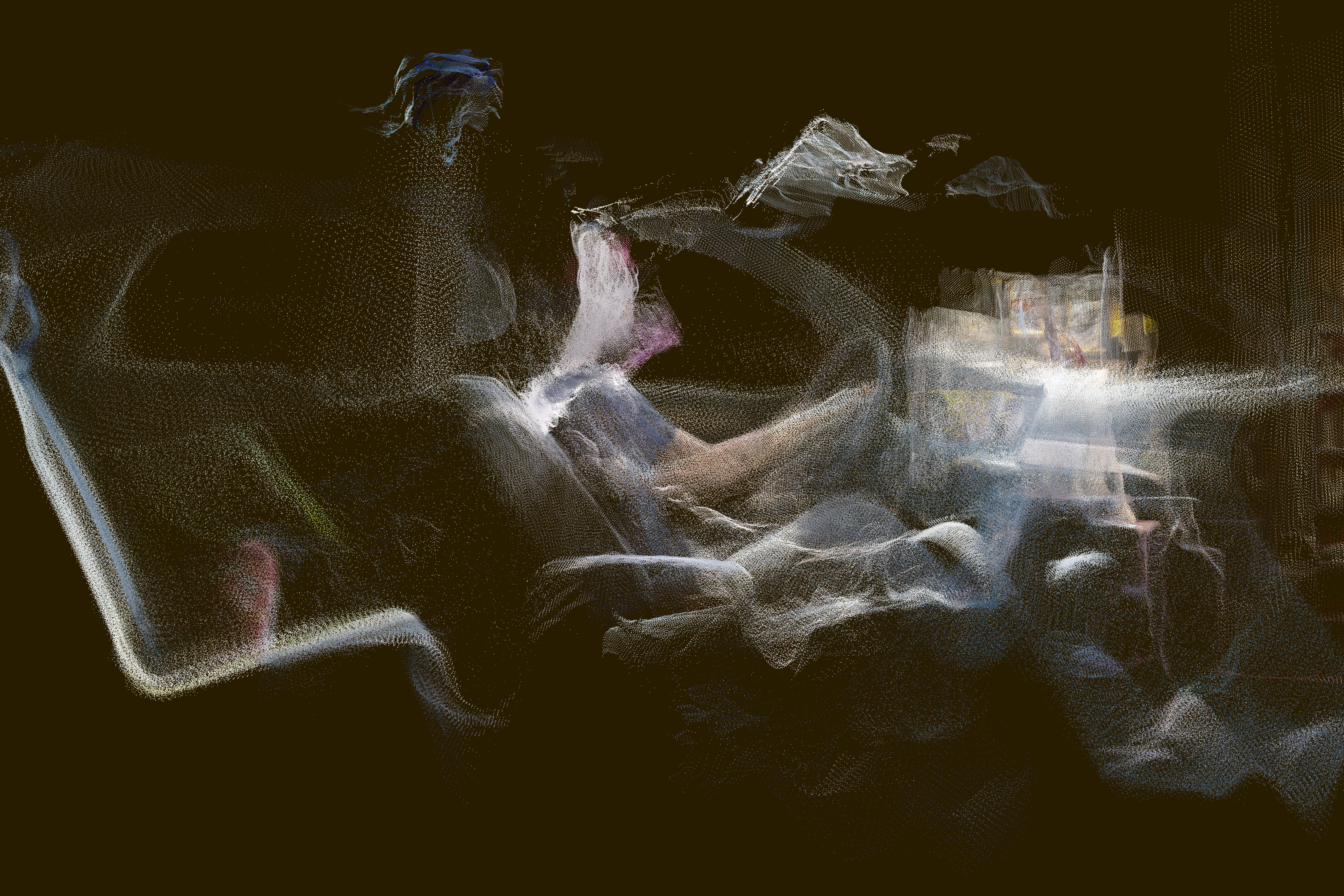




Partner: Jason Garwood
Instructor: Heather Bizon
View our zine here.
This work was featured in the final Carnegie Mellon School of Architecture exhibition, and debuted at GBBN’s Penn Avenue Gallery.
︎
The Rust Belt is interstitial. Labor-enforced ménage and traditional morality grounded in the region’s evangelical Christian past emphasize personal faith, individualism, and self-sufficiency. Thus, a culture of privacy embedded itself in its Queer communities. The perpetual flux of industry and fragmented population have resulted in an abandoned infrastructure that necessitates Queer connection through the transient: the liminal party, the bedroom, the body, the highway, and so on.
Often, memory is the only artifact in the wake of transience. However, even memories evolve over time; the pivotal Queer theorist, Eve Kosofsky Sedgwick, establishes memory as toxic for LGBTQ+ individuals. While for many this is true, Richard Scott, an established Queer creative and poet, counters this definition to re-appropriate reality as power. Instead of toxic, he entrusts Queer memory as “residual.” Under this definition, regret becomes obsolete and fleeting moments become shared experience. Spaces, people, and objects are encoded with memories that call upon the past–both the traumatic and joyful. Residue in this context carries a tremendous amount of weight.
It feels right to me.
This sentiment, analyzed by Audre Lorde in her seminal essay “Uses of the Erotic: the Erotic as Power” represents the importance of seemingly trivial locations. The altar, the bar, the car, the bathroom, the bedroom–these are all spaces in which anonymity is freeing but also lonely, and where Queer individuals can forge connection and personal identity through transience.
While architecture’s great conquest is to capture and shape experience, a Queer perspective understands space as continually changing. In opposition to the heterostatic tradition, Queer architecture positions human interaction and memory as the architect.
This project presents an analytical framework that connects the body to a regional scale through these Queer memories. It questions how collective trauma can become residual power. Each case study breaks architectural tools in a fallacious attempt to capture these memories. May these failed experiments celebrate the importance of human connection and empathy before that of architecture.
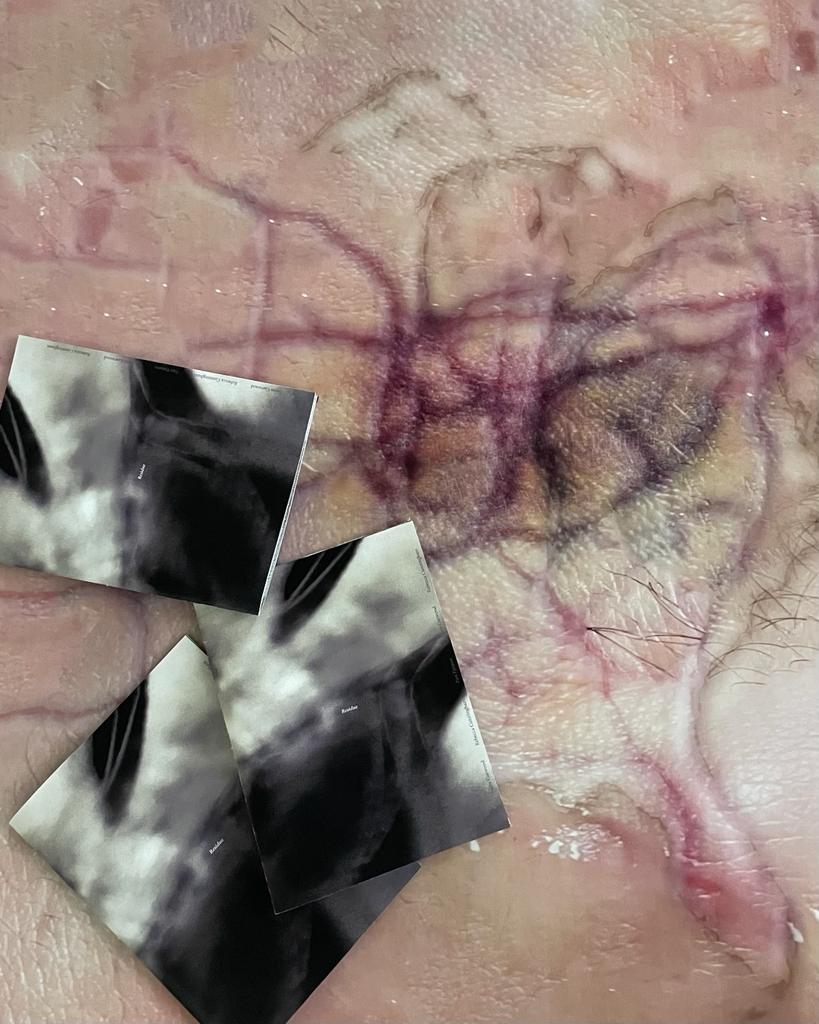


Images from the final exibition and gallery installation.
This work explores glitch and digital methodologies to represent the ways in which Queer individuals inhabit architectural space. Enjoy!
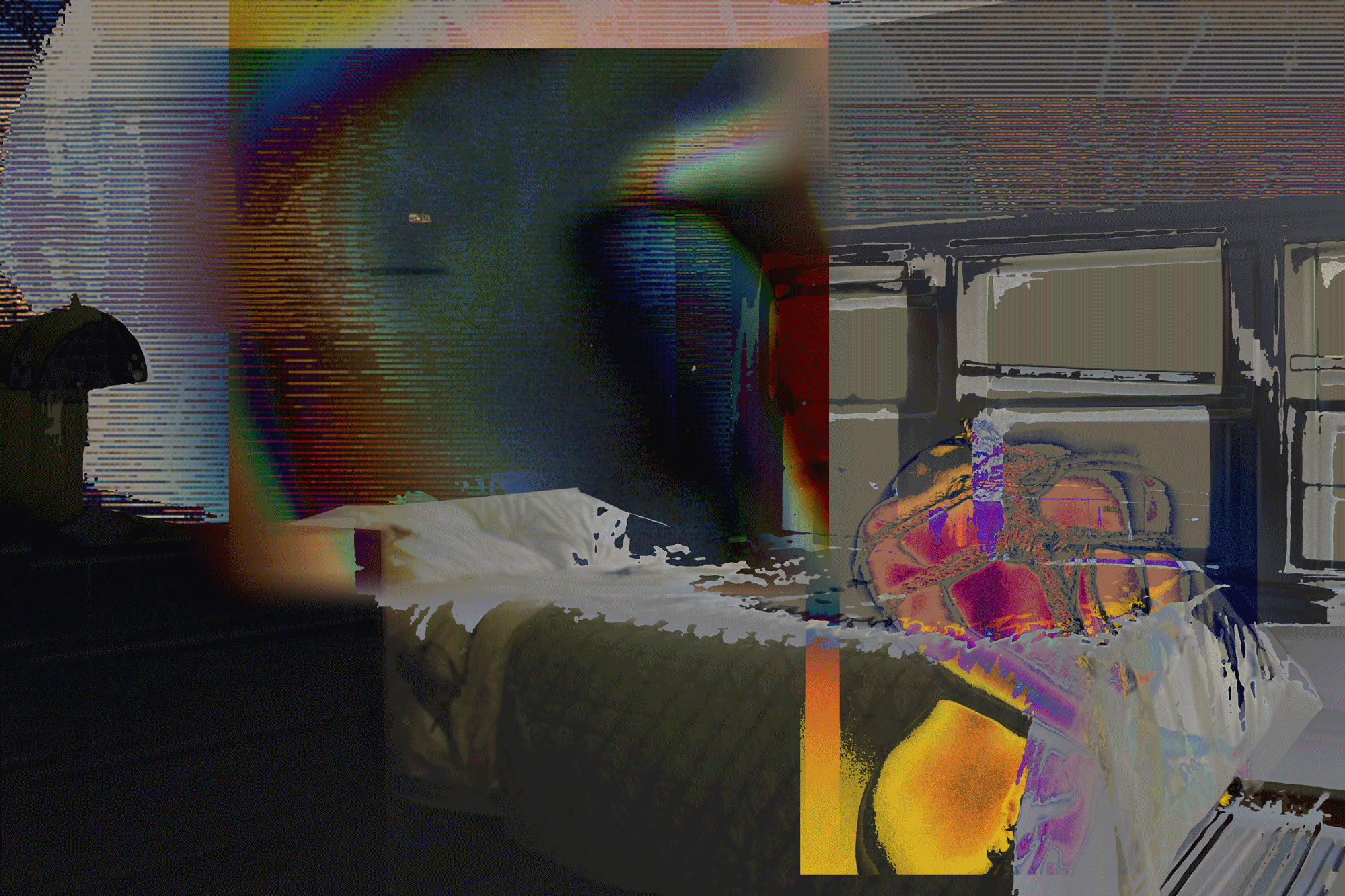


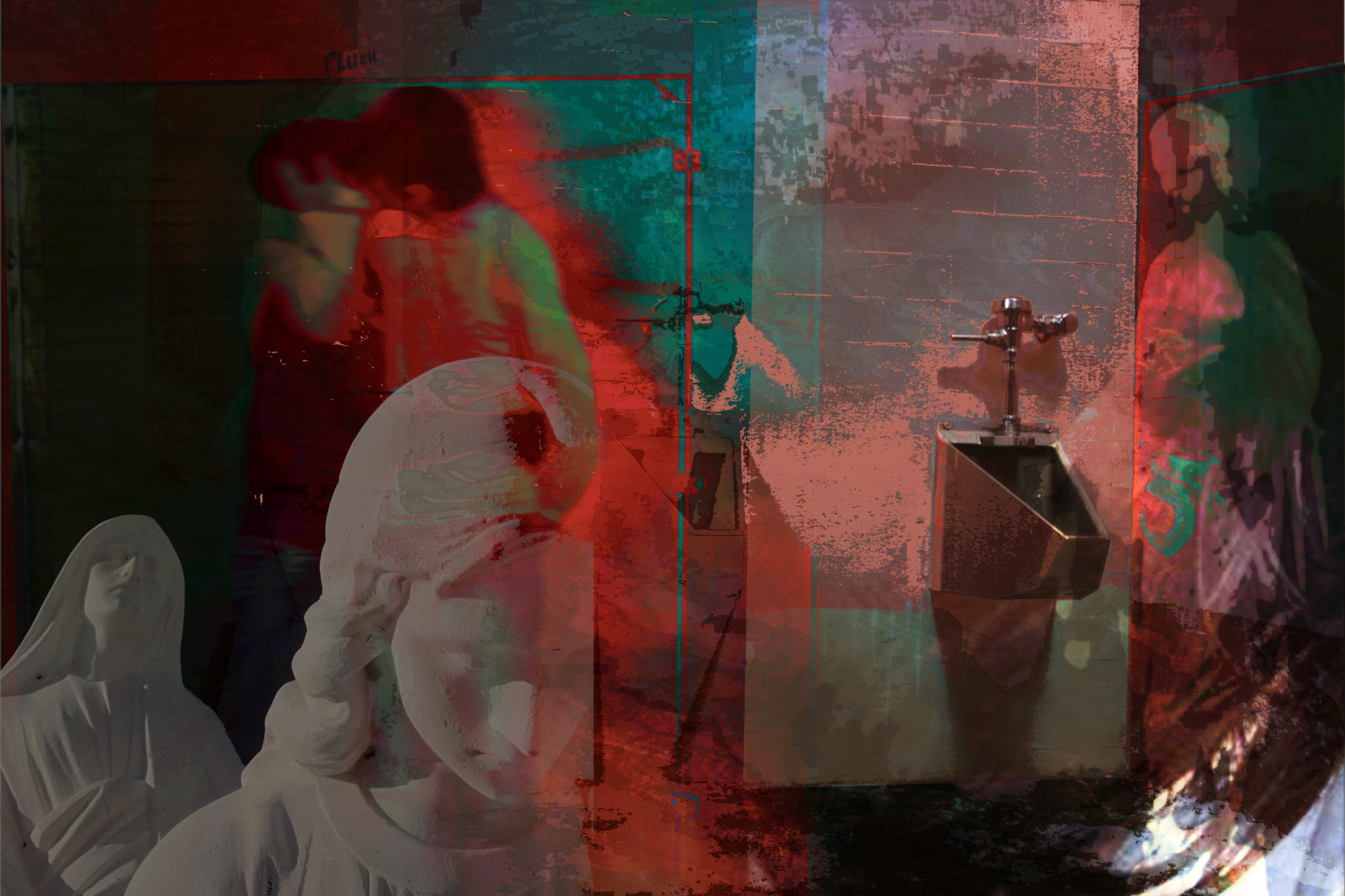

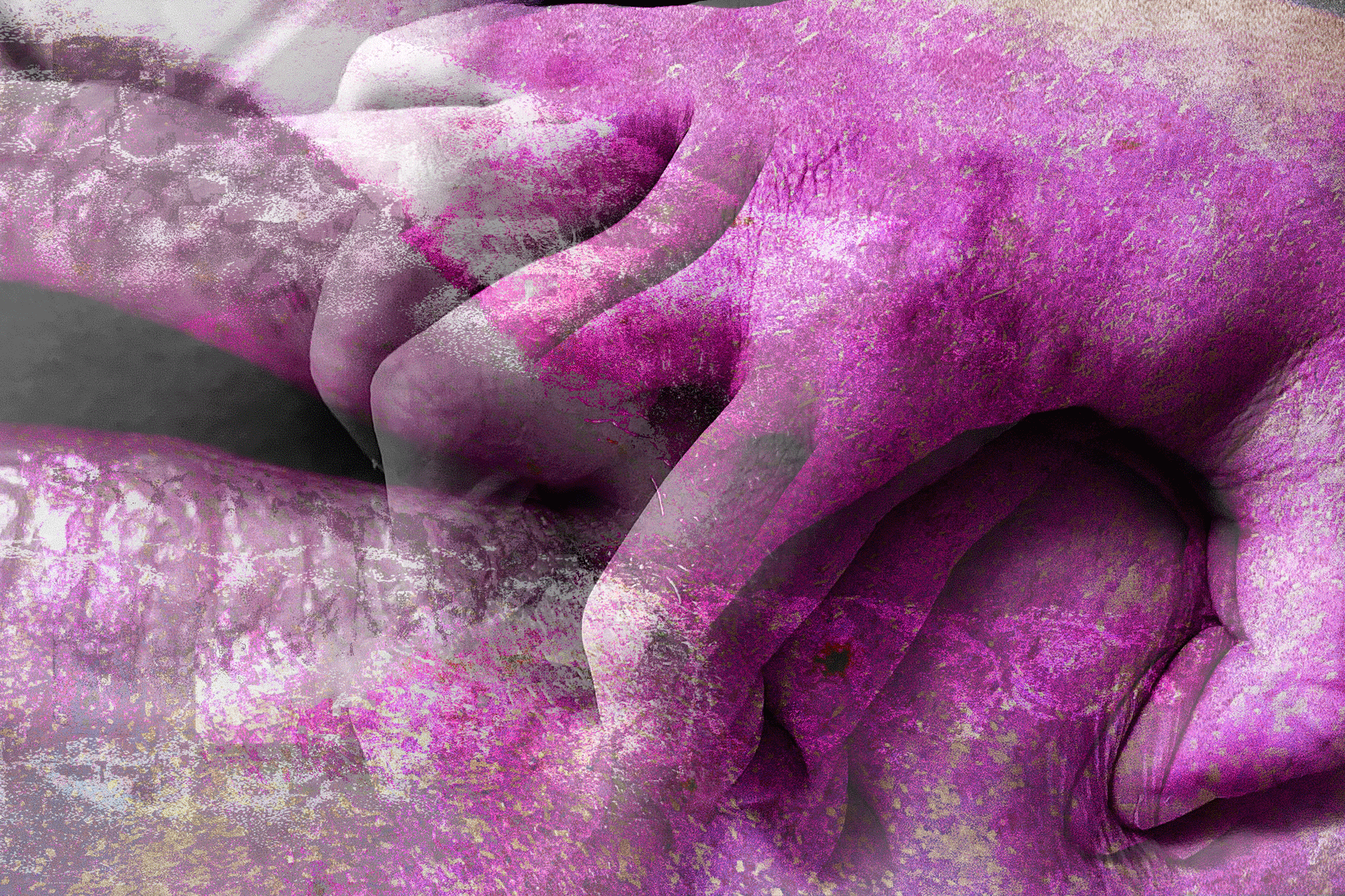
︎︎︎nørrebro cohousing . mise en scene ︎︎︎
